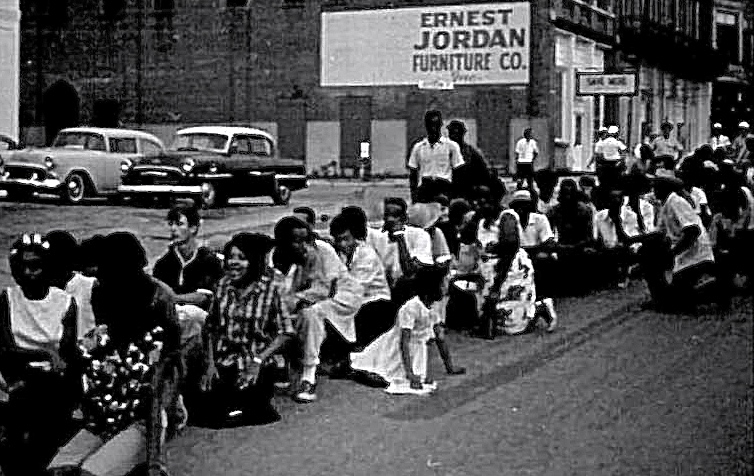Many people don’t know that Jesus was born in Gainesville, Ga.
When I spoke about “The Class of ’65” earlier this week at the Cresswind community in Gainesville, I began my talk with this unusual bit of latter-day biblical scholarship. It comes, of course, from the Cotton Patch gospels, Clarence Jordan’s retelling of the New Testament in the Southern vernacular. Jordan co-founded Koinonia, where my story is set, so it seemed fitting that I tell my listeners we were on sacred ground.
In the Cotton Patch version, Mary and Joseph are headed to Gainesville to see about a tax matter when Mary goes into labor pains. The couple pull over at the Dixie Delite Motor Lodge, but there aren’t any rooms, so they take shelter in an abandoned trailer out back. The baby is born, swaddled in a comforter, and laid in an apple crate.
This was my first talk since November. I’ve been very busy the past few months finishing my next book, a history of barbecue for the University of Georgia Press. As I took the podium, I was afraid that I’d start blathering about wet ribs vs. dry ribs, but I needn’t have worried: I fell back into Koinonia and Americus High and Greg Wittkamper and his classmates like I’d never left them.
It was a great audience: about 70 people representing the dozen or so book clubs that meet regularly at Cresswind. One of them, a group of men, call themselves the Curmudgeons. If I were writing a Cotton Patch translation of the New Testament, I would definitely include Paul’s Epistle to the Curmudgeons.
Many thanks to Wilson and Kris Golden (seen in the photo with Pam and me) for inviting us to Cresswind for a lovely evening.

